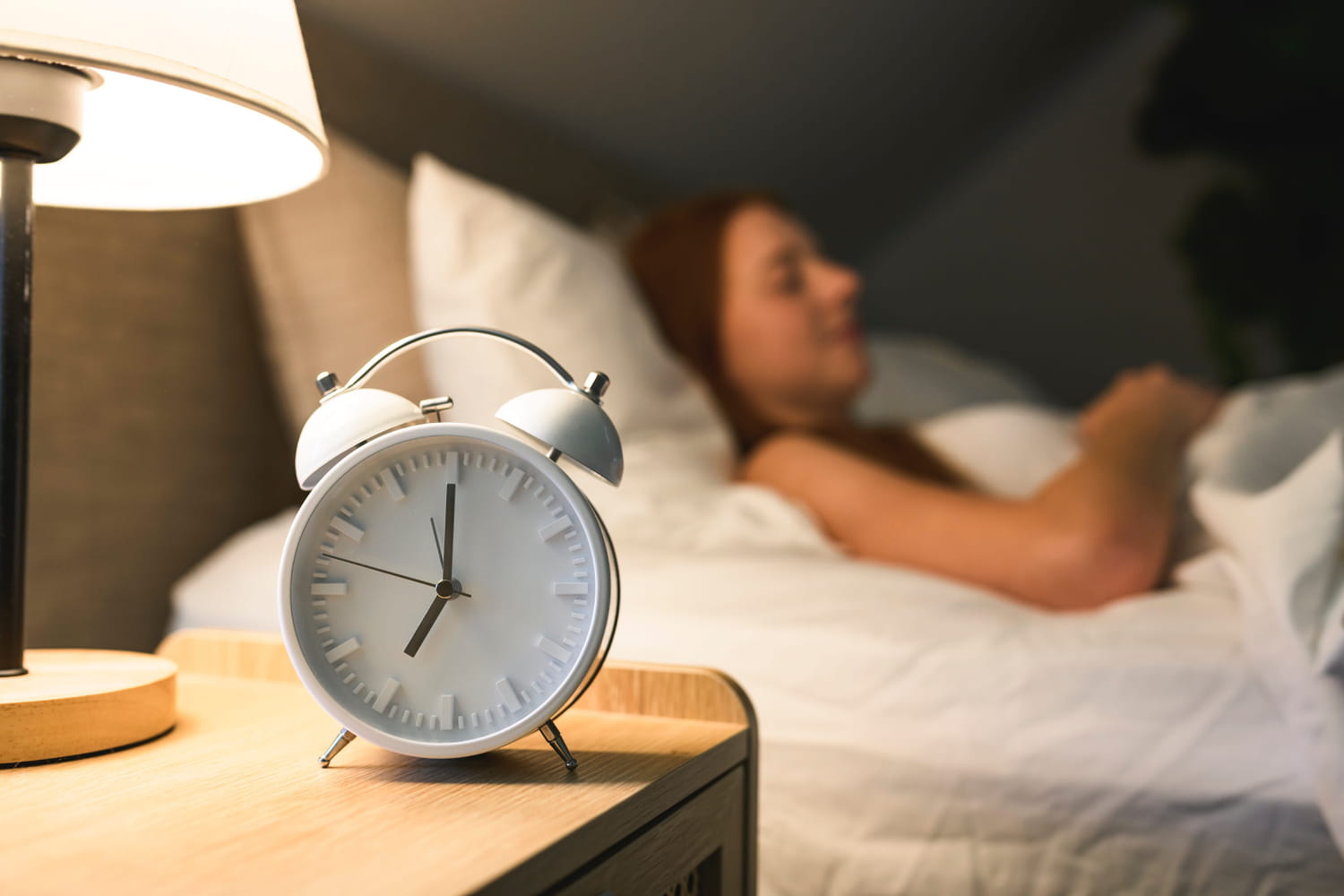What if decoration could contribute to your well-being? This is the whole concept of this designer accessory which is finding its place in more and more bedrooms.
Every fall it’s the same thing, it gets harder and harder to get out of bed as winter approaches. It must be said that getting out of bed when the day is not yet up is not an easy task. And when winter time sets in with its share of dark mornings and shortened days, the lack of light is felt and has a direct effect on fatigue and mood. However, a small decorative object can change everything and help you move on more gently.
If we often have the idea of switching our decoration to cocooning mode with soft throws and cozy cushions, we rarely think of playing with light. And in this season, it’s in the bedroom that everything is at stake: exit the traditional bedside lamp. If at first glance this object looks like a designer lamp, it is in reality a real ally in the fight against seasonal fatigue. Often round in shape and with soft materials, the dawn simulator fits perfectly on the bedside table. His role? Reproduce a gradual sunrise before wake-up time. The light slowly intensifies, from orange-red to warm white, and sends the morning signal to the brain. Result: the production of melatonin, the sleep hormone, naturally slows down. The body wakes up more calmly, without startles or fatigue.
Most simulators will serve as a bedside lamp, but also as a radio, night light or alarm clock with natural sounds. The Philips brand, for example, offers numerous models to find the one best suited to your needs, including the Smartsleep model, tested and approved for several years by The New York Time. And Nature & Découvertes stores offer a wide range of light alarm clocks dedicated to well-being without compromising on design. And if your current bedside lamp is inseparable from your decoration, no problem. Simply swap the classic bulb for a connected bulb that offers the dawn simulator function.
To use these half-lamp, half-alarm clock objects, simply set the duration of the simulated dawn: generally, 20 to 30 minutes is enough. The slower the light rises, the more natural the awakening is. Choose a warm shade rather than harsh white light. And let it work regularly: the body adapts in a few days to this new light signal.









